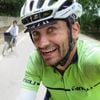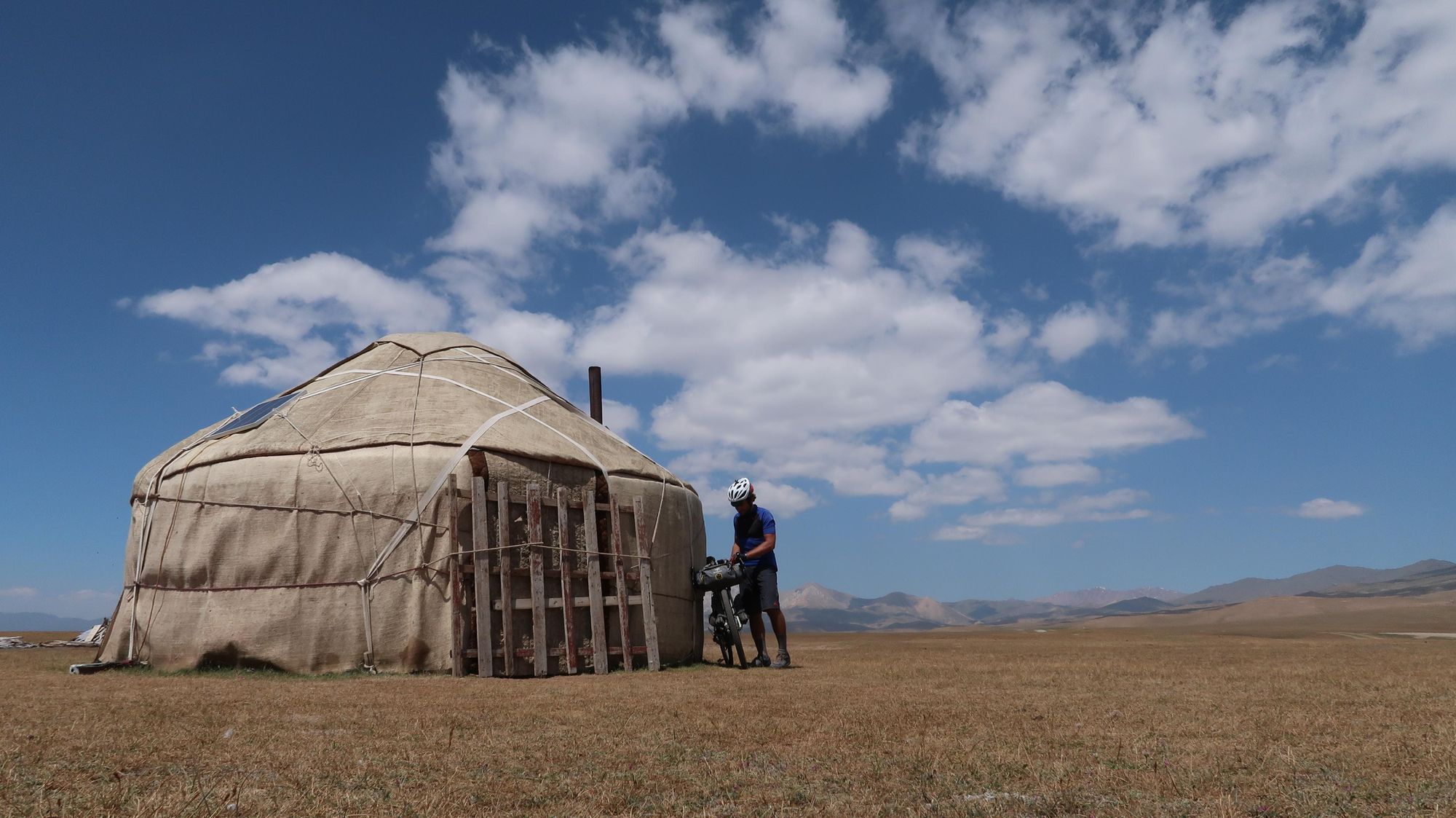If you're looking for a country with exceptional cycling - one of striking contrasts, warm hospitality, and rich history - then look no further than Kyrgyzstan. Here, the vast, open valleys stretch toward the horizon, flanked by snow-capped mountains and shimmering lakes. Big rivers occasionally cut through the calm, while golden eagles soar above like silent guardians.
While there is a certain curiosity from the Kyrgyz people for the way I travel, with all my belongings strapped in bags on my gravel bike, there are also similarities between me and their approach...
Perched on the southern edge of the former Soviet Empire, Kyrgyzstan is a land of open roads, ancient burial sites, wild camels, and sweeping steppe.
Travel this expansive country by bike and you can immerse yourself in this raw natural beauty - and you can probably do so in far more relaxed way than I experienced back in 2019, when I took part in the Silk Road Mountain Race.
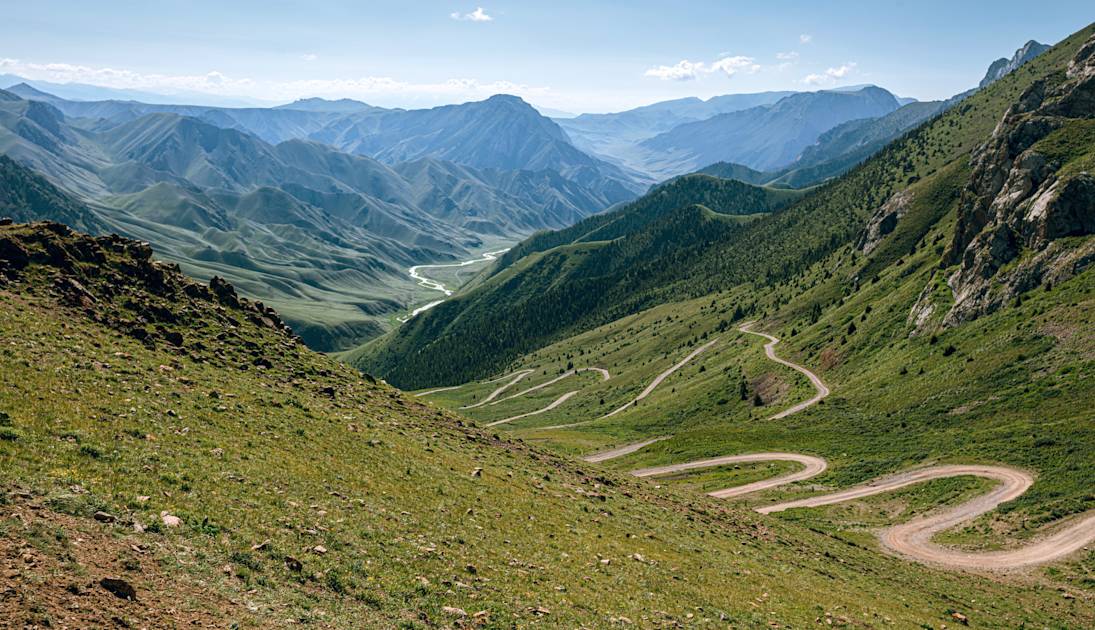
Out of the 48% of riders that successfully completed the race in 2019, I finished in 35th place, riding the 1,056 miles (1,700km) with over 25,000m (82,020ft) ascent in 13 days and 7 hours. This was much slower than I initially thought I would go. But when I arrived 10kg lighter at the finish and with my bibs hanging loosely around my legs, not washed a single time, I was more than happy ‘just’ to have completed the race. As with all adventures, the finishing time was secondary.
While the remote nature of the country does not make it an easy country to cycle alone, exploring Kyrgyzstan by bike is utterly rewarding.
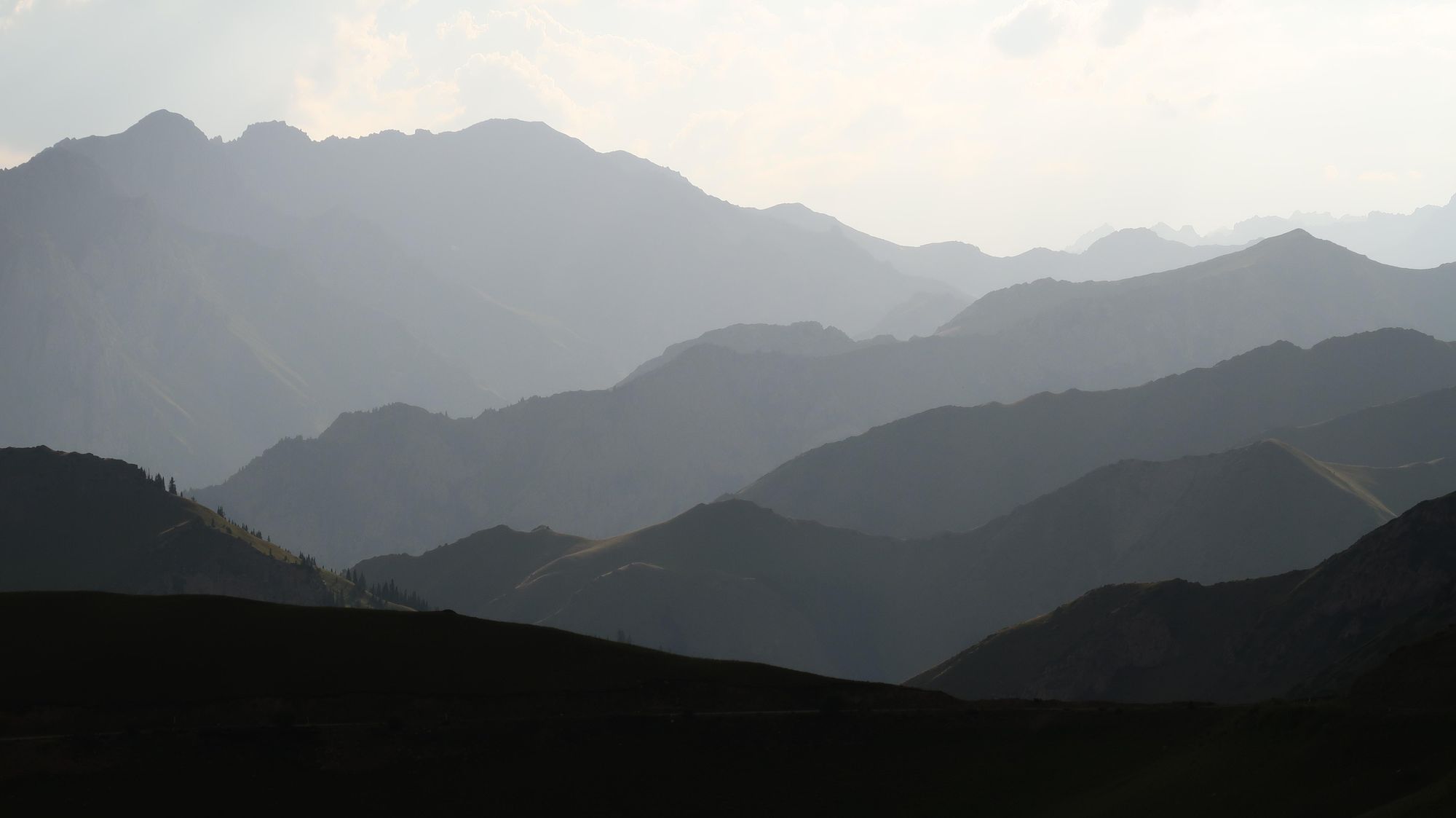
Outside the bigger towns people live mostly nomadic lives. While there is a certain curiosity from the Kyrgyz people about the way I travel, with all my belongings strapped in bags on my gravel bike, there are also similarities between mine and their approach.
Nomads move around the higher plains in the mountain areas in the summer and spend the colder winter months at lower altitudes.
But even summer can still be challenging: above 3,000m (9,842ft) altitude, the temperature changes between day and night are stark. And while there are some vegetarian options to be found alone the way, taking in enough food to replace the calories I was burning on long days during the race was a real challenge. While riding the country by bike independently is doable, it is probably better enjoyed in a small group with good food provided (and Much Better Adventures' new Cycle the Wild Heart of Kyrgyzstan offers exactly that).
To prepare for the race, I spent an additional two weeks cycling in Kyrgyzstan.
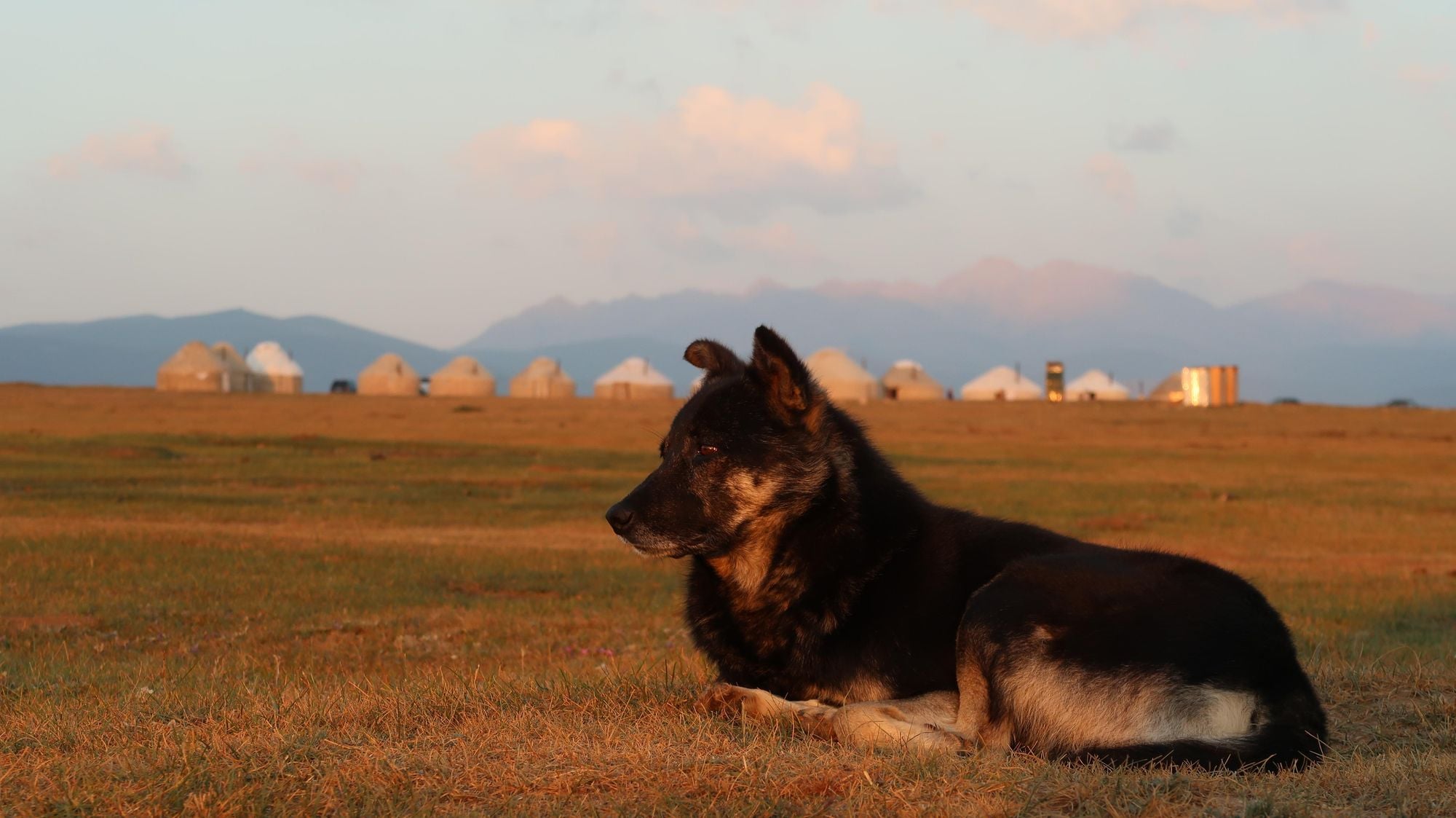
The aim of the pre-race trip was to make myself more familiar with the country, to condition my body for high altitudes and to film a short documentary, called 'No Stone Unturned - A Bikepacking Journey Through Kyrgyzstan'.
As in other places I have cycled (and there have been a few now), it was the people that made my Kyrgyz experience special. Exploring before the race meant I could ride at a more leisurely pace, while still spending long days in the saddle.
While the Silk Road Mountain Race takes a different route out of Bishkek, the capital city, I discovered the magic of the stunning Too-Ashuu Pass (3,200m/10,498t) at the end of my first two weeks preparing for the event, which looks down to the Song Kul Lake below. I spent the night close to the top of the pass and then rode sections of the old mine road to avoid the busy road tunnel.
Rejoining the modern road later I descended back towards Bishkek. Both scenery and riding here are world-class.
When I got back to Bishkek, it was time to line up for the race.
The Kegety Pass on day one was a big first hurdle for riders and equipment, and about 25% of the riders quit either before or shortly after. As with other self-supported adventures, riding the Silk Road Mountain Race required me to stop at three checkpoints to get a stamp in my brevet card. The first two checkpoints were in a traditional yurt, the third in a guesthouse. Providing basic food and hot drinks, those checkpoints are amongst the only places to meet other riders.
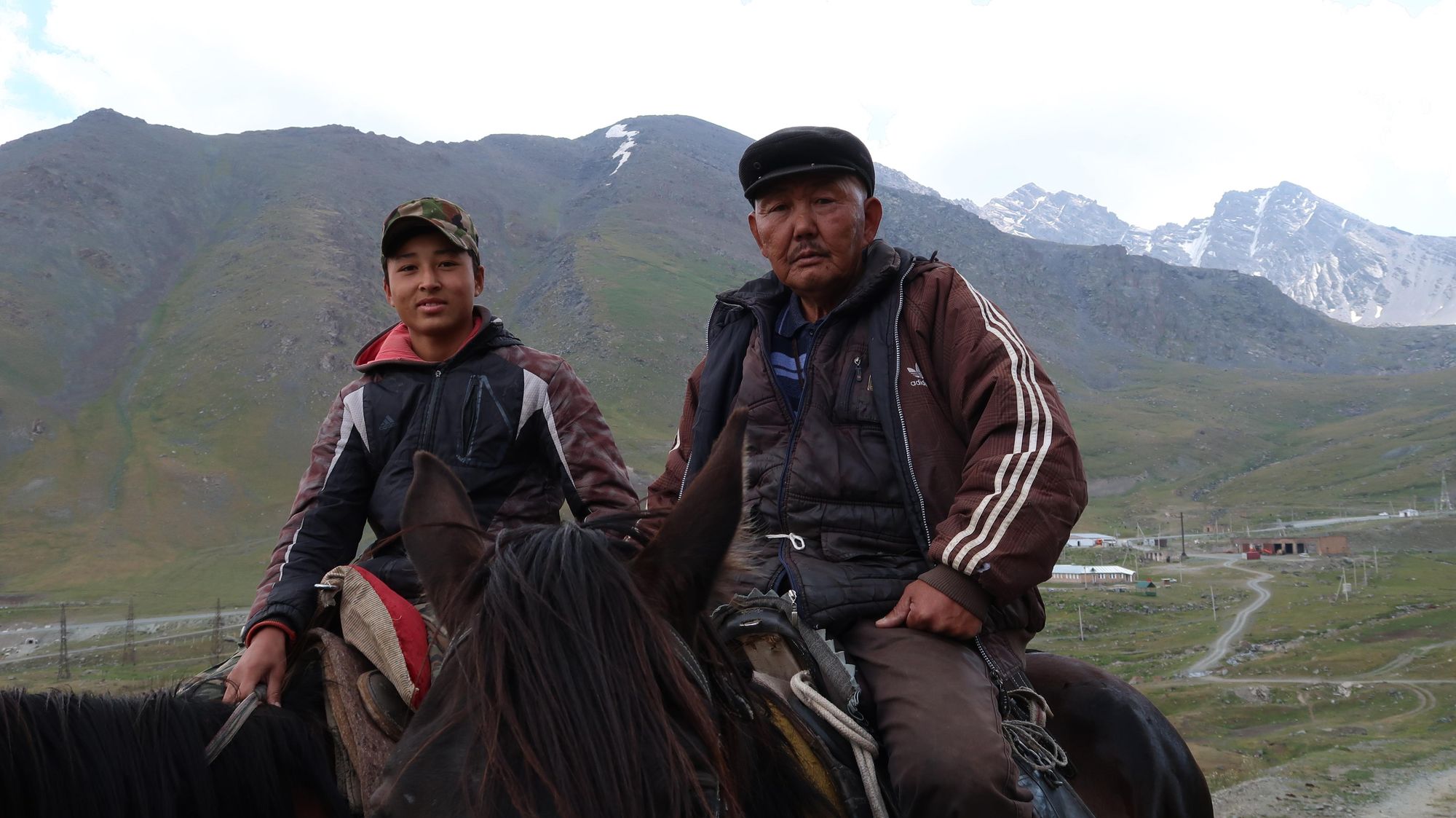
At the top of Kegety Pass the weather conditions changed abruptly. After a sunny start a thunderstorm brought torrential rain first, before a blizzard covered the mountain pass in snow. This was the middle of summer, and the temperature had dropped from 25°C plus in the morning to -10°C at night.
A high-altitude steppe, encircled by snow-capped peaks, and with a lake at its heart, this is a must on a visit in the country...
But while the weather is unpredictable and changes quickly in Kyrgyzstan, the beauty of the landscapes I cycled through was worth the physical effort. On my approach to checkpoint one I reached the alpine lake of Song Kul over the Tuz-Ashuu Pass from the north. The scenes in front of my camera were amazing - a high-altitude steppe, encircled by snow-capped peaks, with the lake at its heart. This place is a must visit on any visit to the country. The yurts of nomadic families line the shore of the lake, and the descent back down is a hoot.
So far, all was going well, but after a fast section I discovered a spoke had rattled itself loose on the mountain tracks and I spent the next seven hours fixing my bike. Whilst I was in the front end of the field at that point, many riders passed me from then on, and I settled on the aim of simply arriving at the finish line.
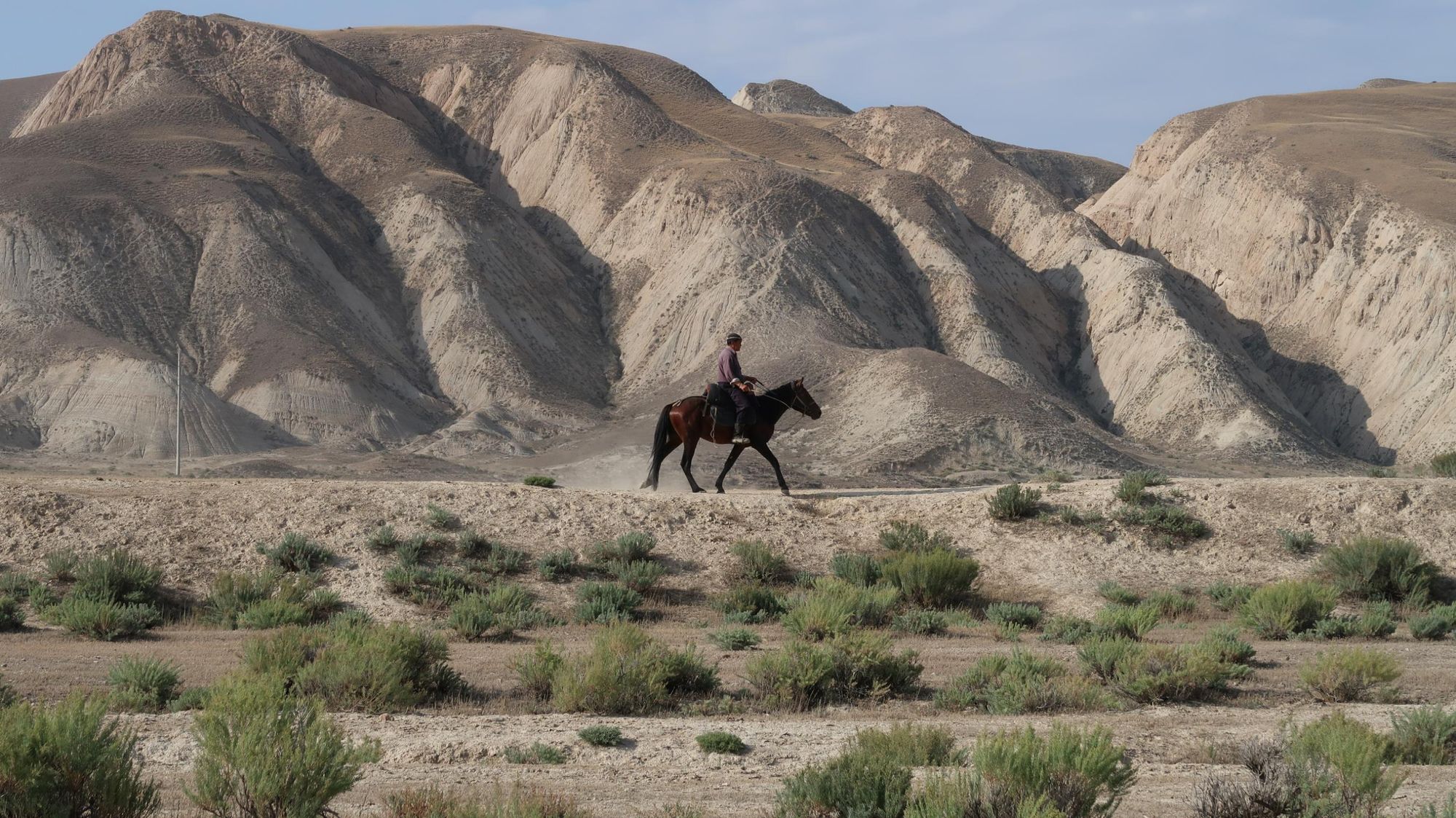
A welcome change came when I transitioned on to the new Silk Road, made of fast-rolling tarmac. I enjoyed its smoothness and cycled almost 50 miles (80km) from near At-Bashi all the way to the Chinese border. After the cruisey section on Chinese tarmac, I had to negotiate several ice-cold rivers to get to the next checkpoint in the race - all the while marvelling at snow-capped mountains that rose to 7,500m (24,606ft).

With modern commodities (plenty of gears and ultralight components), I was moving much faster than the camels which were once used to navigate the network of Silk Roads that exist in the country. While the animals covered about 15-20 miles (25-35 miles) per day and carried around 300kg-350kg each, I averaged more than 62 miles (100km) per day and carried less than a tenth of that in equipment on my gravel bike - but each mile was hard earned.
After the second checkpoint I was first plagued by food poisoning, and later I arrived disoriented in Naryn with clear signs of heat exhaustion. While wearing an insulated jacket in almost 40°C degrees, I almost collapsed on the dusty roads in the only bigger city on the race route outside of Bishkek, known amongst riders as ‘Scratch City’. I rested for half a day and carried on the next day after resting up, and getting some sleep in a hostel.
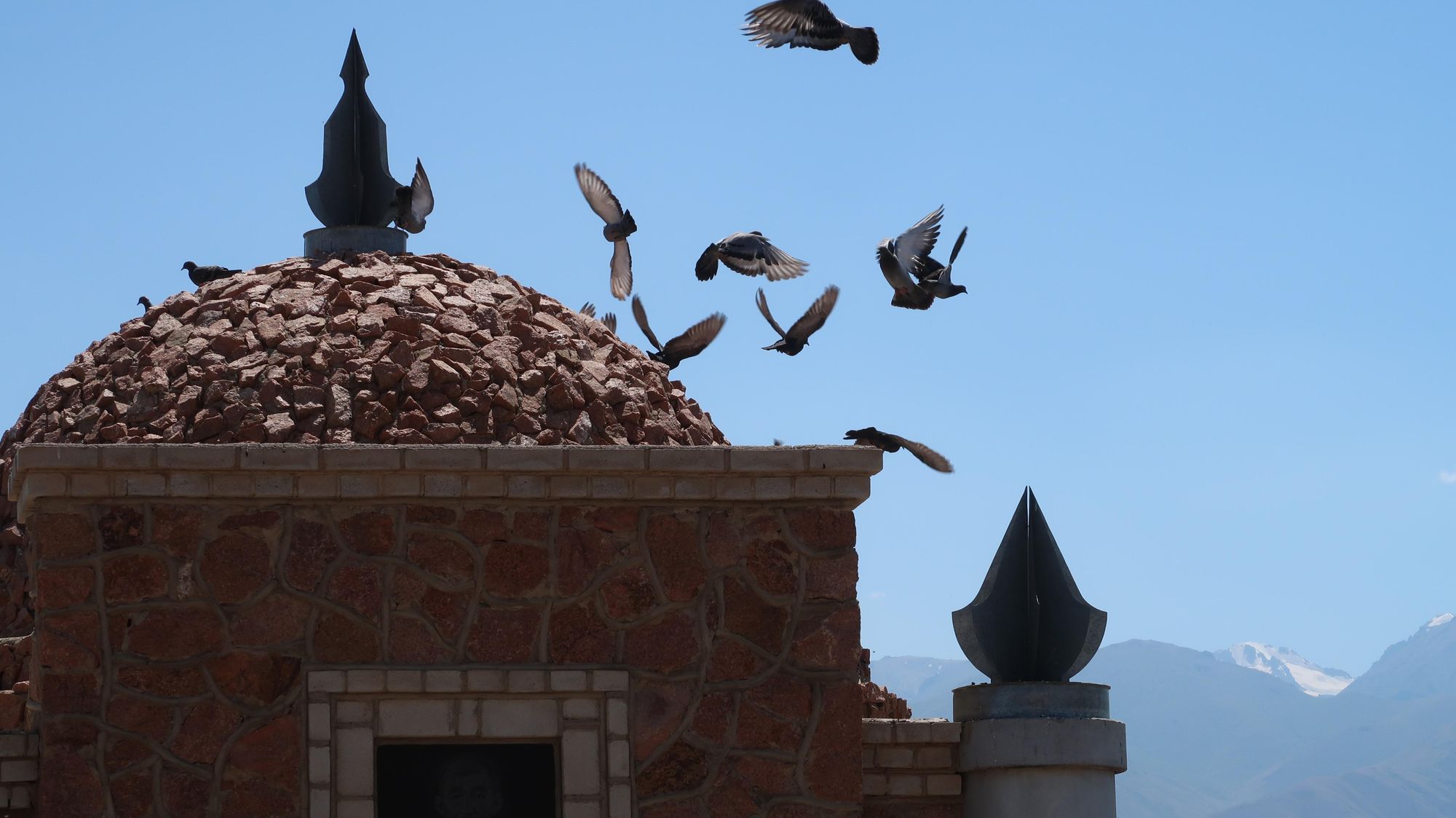
I was significantly weakened by heat stroke, but the highest pass of the route, Tong Pass, breaking the 4,000m (13,123ft) mark, was still to come.
To bike the country is the best way to take it all in...
While balancing my bike over ice sheets I could hear huge rock falls beneath me, and felt relieved when I reached the shores of Issyk-Kul, the ‘warm lake’.
This is the eighth deepest and the 11th largest lake in the world by volume, and the third largest saline lake in the world. It hardly freezes, even during the cold winters. In summer it is the perfect place for a swim.
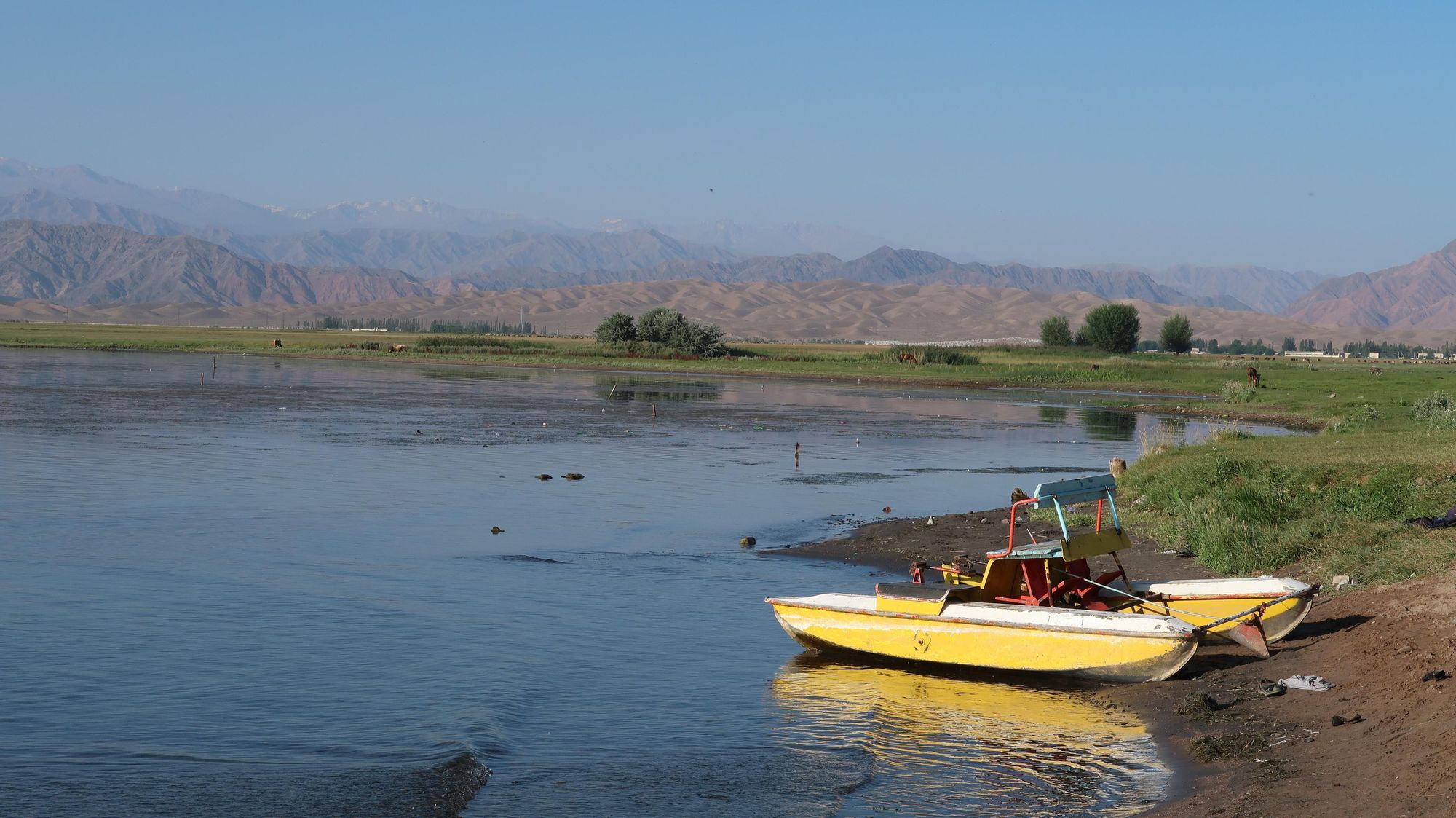
That might be welcome news if you are visiting for a more leisurely ride, but while I would've loved to stop for a short dip, the race clock was still ticking.
Although the finish line of the Silk Road Mountain Race is at Cholpon-Ata, about 50 miles (80km) away as the bird flies from the northern shores of Issyk-Kul, it took me another 372 miles (600km) to get there. After 14 days in the saddle I reached the resort town, exhausted from a long and challenging bike ride, but with the desire to explore more of this fabulous country by bike.
The Silk Road Mountain Race is, of course, a unique experience, but the country’s dramatic canyons, high-altitude pasturelands and serene mountain lakeshores are worth exploring for anyone. The people of Kyrgyzstan meanwhile are genuinely amongst the most welcoming you can find in the world. To bike the country is the best way to take it all in - the views, the smells, and at times the challenges the mountain weather throws at you make it all the more special.
Inspired? Cycle the Wild Heart of Kyrgyzstan on our new adventure!

